Chemical Peels | Face Peel | Chemical Peel Before After | Skin Whitening Treatment
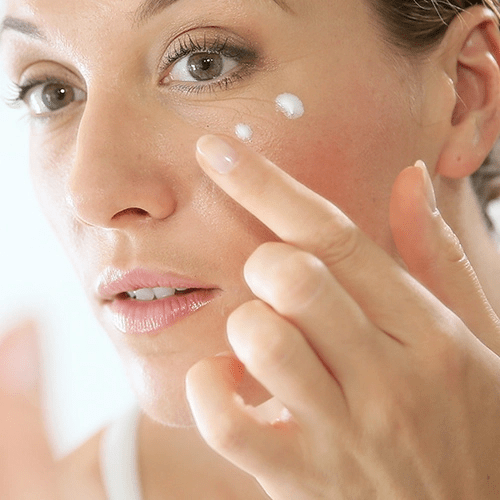
Sun Damage

Aging
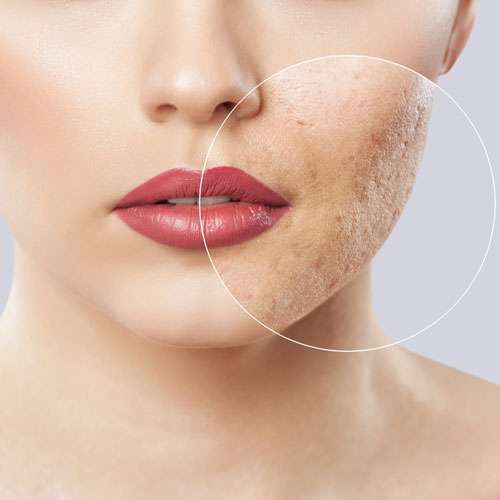
Mild Scarring
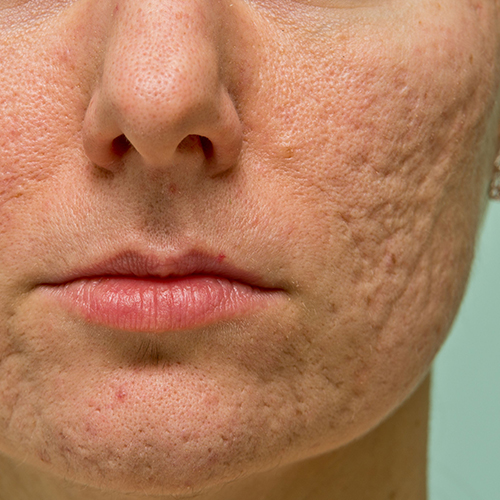
Acne Scars

Pigmentation

Improvement Of Skin Color

Sun Spots
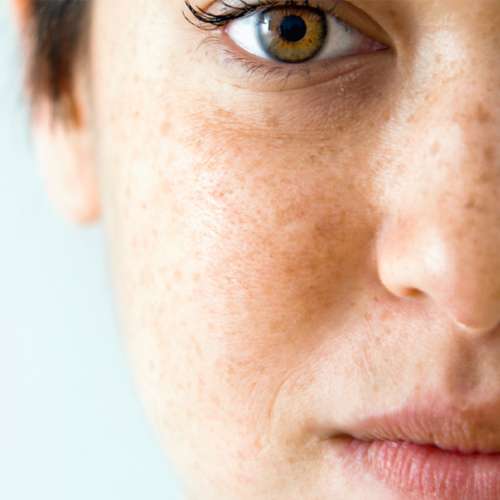
Age Spots
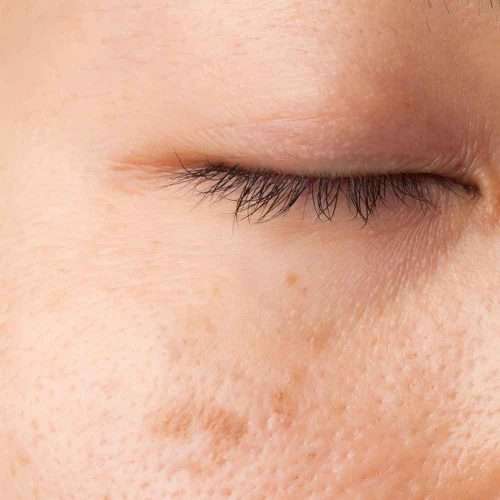
Liver Spots

Freckles
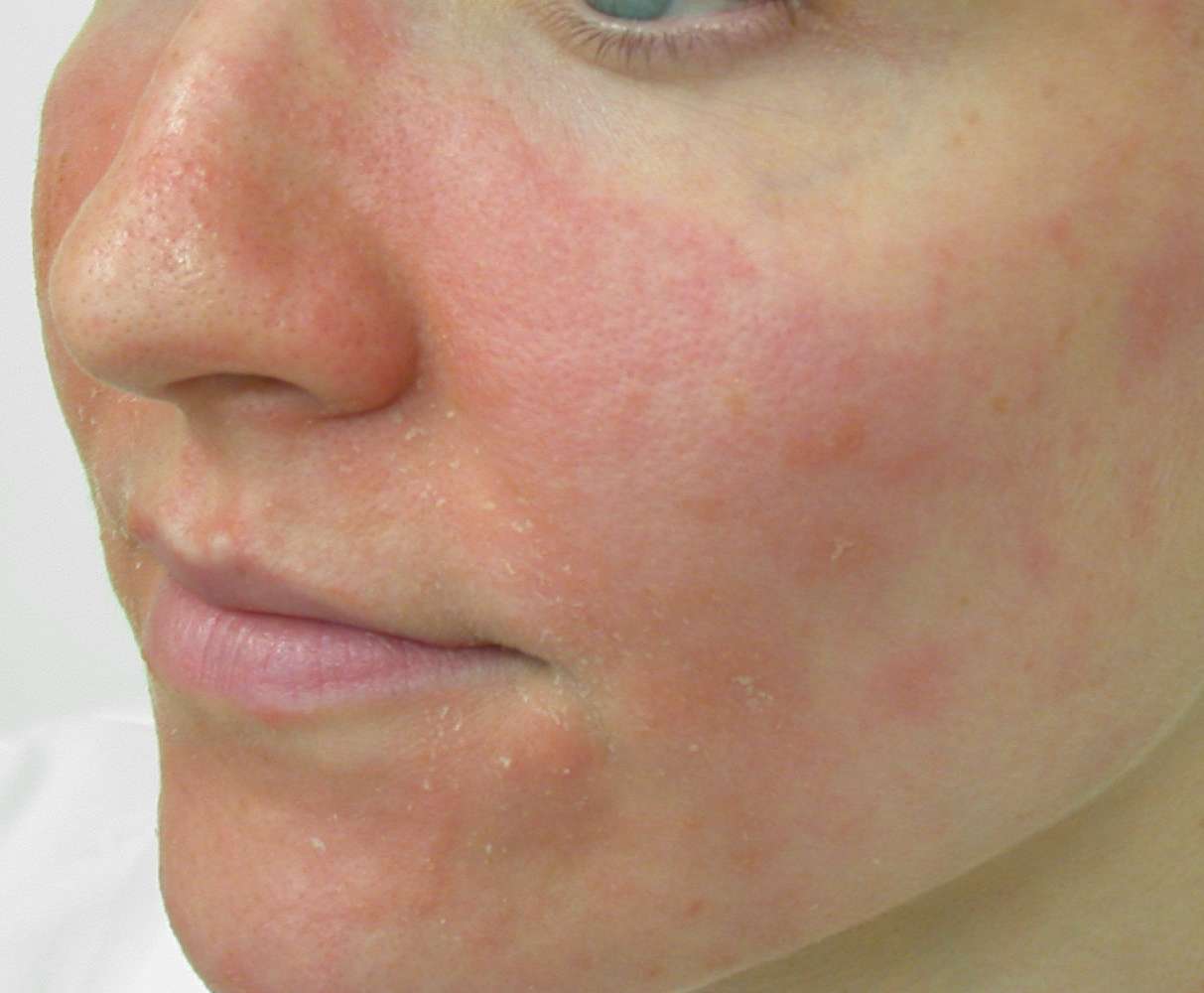
Blotchiness
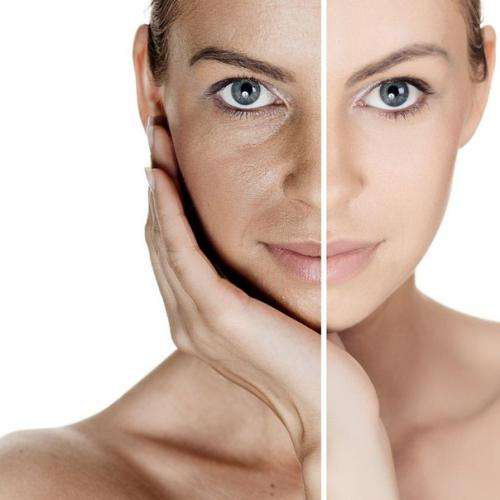
Dull Skin
Chemical Peel
A Chemical Peel is a technique used to improve the appearance of the skin. A chemical solution is applied to the skin which causes its superficial layers to separate and exfoliate and eventually peel off thus allowing the new skin to regenerate. The new skin is smoother and less wrinkled than the old skin, and may also be more even in color. However the new skin is also temporarily more sensitive to the sun.
Types of Chemical Peels
There are following basic types of chemical peels:
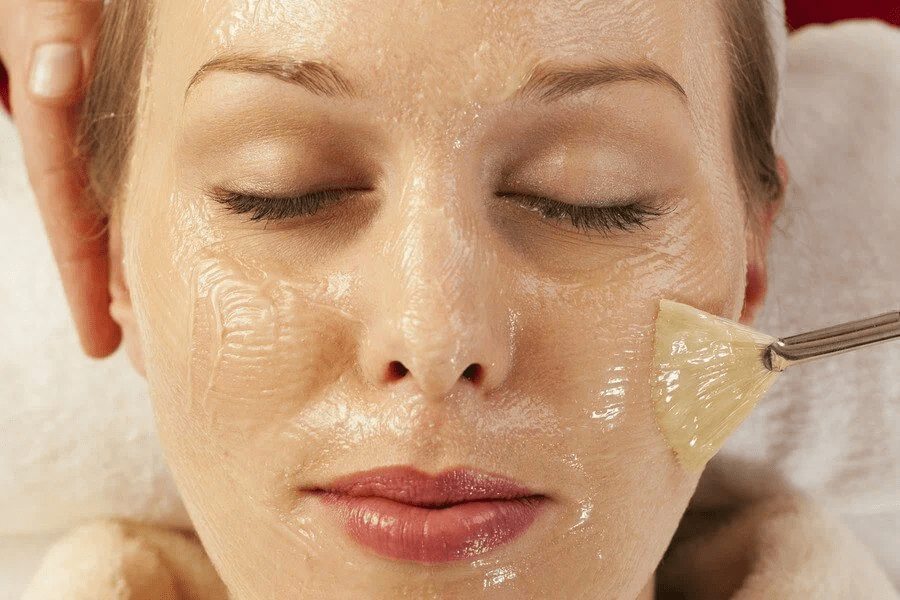
Superfacial Or Lunchtime Peel Or Light Chemical Peel
Light Chemical Peel preparations are usually comprised of alphahydroxy acids (AHAs), such as glycolic, lactic, salicylic, or fruit acids, used to penetrate only the outer layer of skin to gently exfoliate it. Light chemical peels are ideal for people who want the benefits of a facial peel but do not wish to spend the time required to recover from a deeper peel.
The treatment is used to improve the appearance of mild skin discoloration and rough skin as well as to refresh the face, neck, chest or hands.
Medium Chemical Peel
The solution used in medium chemical peel is comprised of Glycolic or Trichloroacetic acid that penetrate the outer and middle layers of skin to remove damaged skin cells. The treatment is used to improve age spots, fine lines and wrinkles, freckles and moderate skin discoloration. It also can be used to smooth rough skin and treat some precancerous skin growths, i.e. actinic keratosis.
Similar to the light chemical peel, medium chemical peels require less downtime than a deeper peel. TCA peels are the preferred choice for patients with darker skin.
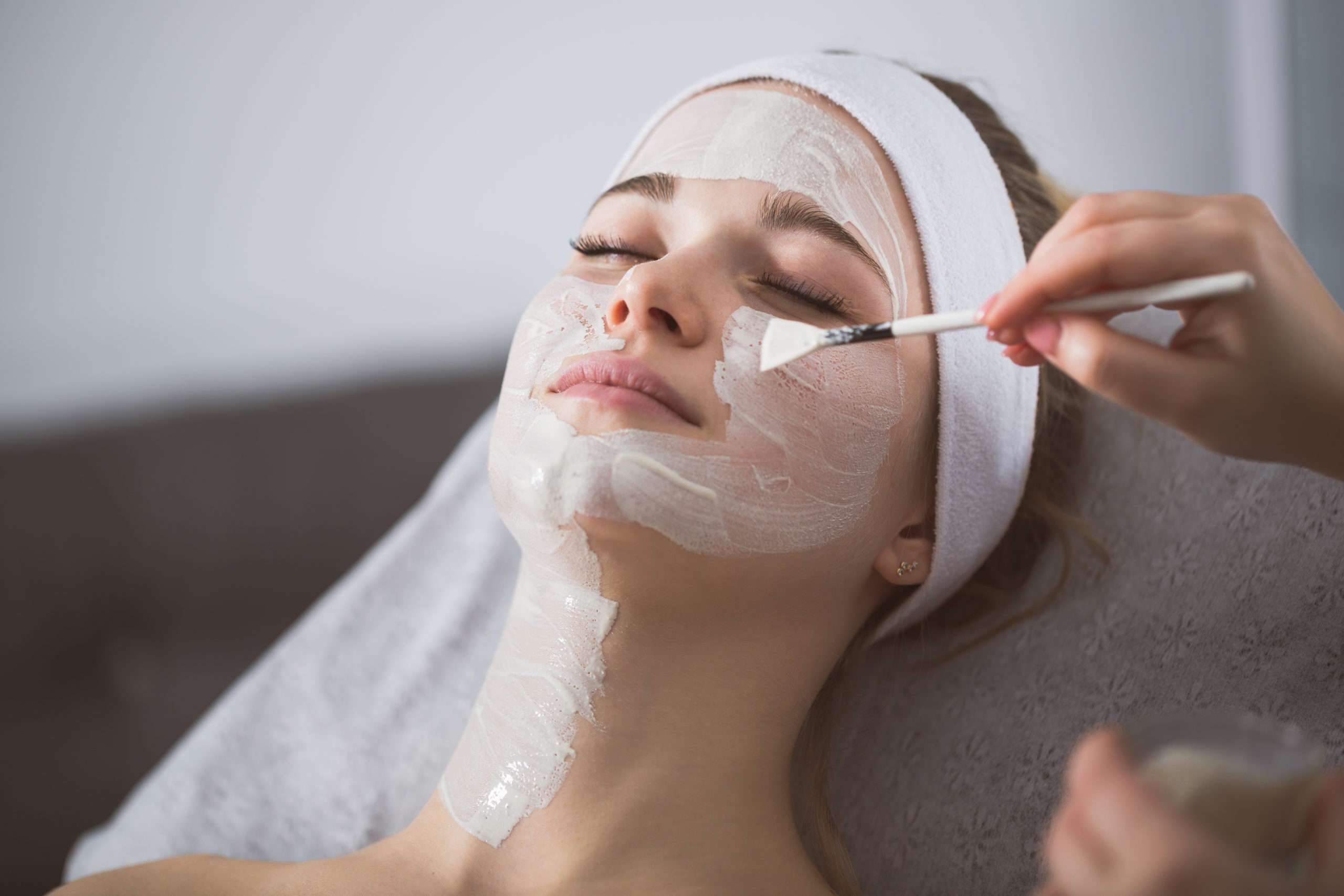
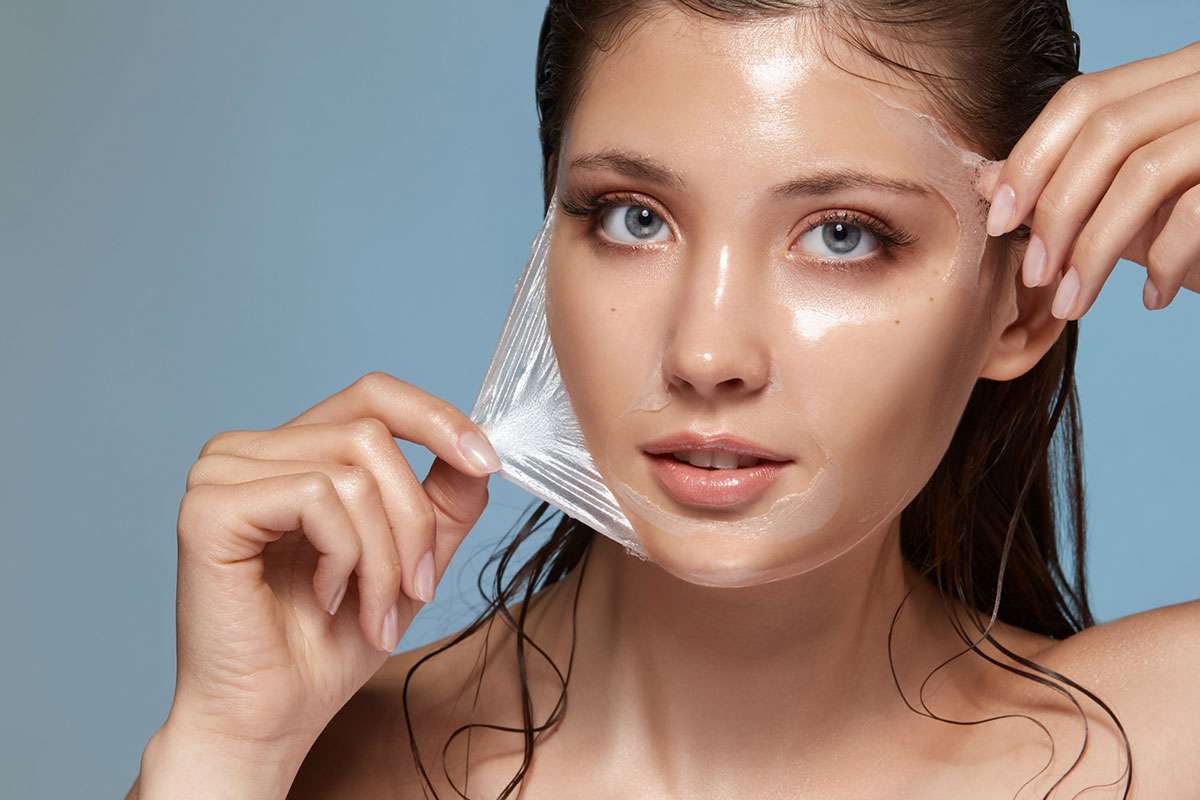
Deep Chemical Peel
Deep chemical peels are the strongest of all the facial peels. Tricholoracetic acid or phenol is applied to deeply penetrate the middle layer of skin to remove damaged skin cells. The treatment removes moderate lines, age spots, freckles and shallow scars. Patients will see a dramatic improvement in skin appearance. The procedure is used on the face and only can be performed once.
The procedure takes longer than other peels (one to two hours) and requires the most healing time (down time). Phenol acid is typically used only for facial peels. Because a deep chemical peel may cause permanent lightening of the skin, prospective patients should seek advice from a qualified cosmetic dermatologist before undergoing the procedure.
Acne Chemical Peel
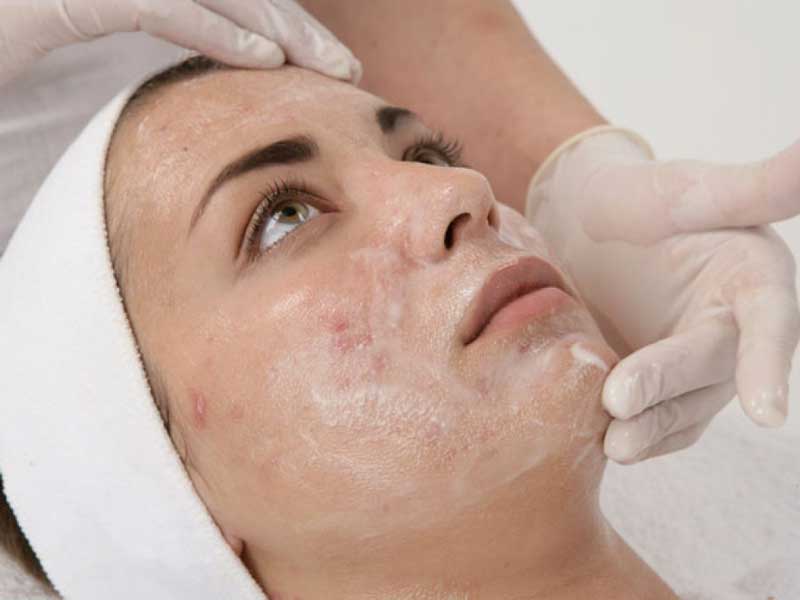
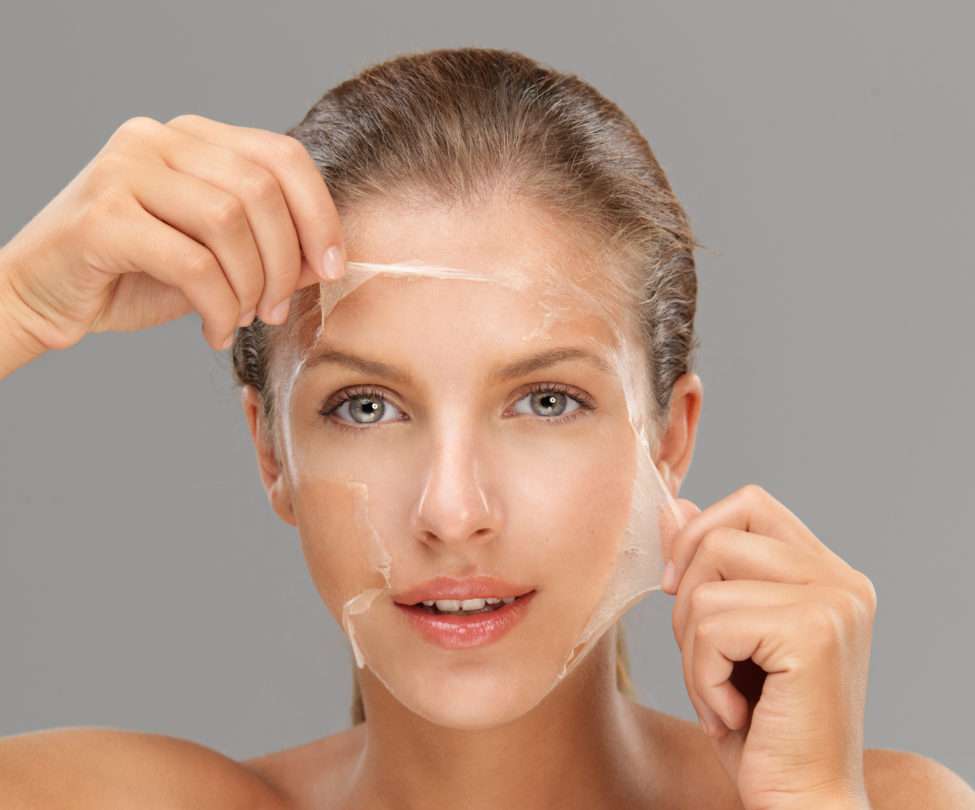
Ideal Candidates For Chemical Peel
Medical Considerations
Cost
The cost of chemical facial peels varies from doctor to doctor. The current chemical peel price range is approximately $600 to $900 in United States, its far cheaper in Pakistan. Possible additional expenses to keep in mind, especially with deep chemical peels, are the cost of anesthesia, use of the surgical facility, and a possible hospital stay. The final cost of your procedure will depend on the type of peel you want, the condition of your skin, and other factors unique to your case. Light chemical peels cost less than deep chemical peels.
Risk/Side Efects Associated With Chemical Peels
Chemical peels rarely result in serious complications, but certain risks do exist. These risks include scarring, infection, swelling, changes in skin tone, and cold sore outbreaks. You can reduce the risks associated with facial peels by following all of the doctor’s instructions completely and by providing your doctor with a complete medical history.
Benefits To The Skin
A chemical facial peel can provide several benefits to the skin. The procedure can restore a more youthful appearance to skin and reduce wrinkles, uneven pigmentation, sun-damage, and blotchy patches.
Frequently Asked Questions (FAQ)
The chemical peel is administered in by a certified and trained cosmetic dermatologist or plastic surgeon.
First of all, the patient’s skin is cleansed and, if necessary, a topical anesthetic is applied to the treatment area, followed by the application of the chemical peel solution. This solution is formulated according to each patient’s specific needs and goals. It is common for the patient to feel a tingling or stinging sensation on the application of chemical peel solution.
After the skin peel solution has been on the skin for the prescribed amount of time, it is washed off with water. A soothing ointment is then applied; a thick coating of petroleum jelly is often used after deep chemical peels.
The instructions are than provided to the patient about aftercare, and the doctor may also prescribe a mild pain reliever for discomfort after the procedure, especially if a deep chemical peel was administered.
Depending on the patient’s skin condition and the depth of the chemical peel, multiple treatments may be necessary to achieve the desired results.
Though deep (phenol) peels are only appropriate for the face, the skin on any part of the body can be treated with a special mix of the chemicals used in mild and medium skin peels.
The chemical solution for body chemical peels is typically comprised of a combination of trichloroacetic acid (the main ingredient in a medium-depth skin peel) and glycolic acid (the main ingredient of a mild peel). The solution for body chemical peels is typically formulated to be slightly stronger than the chemical solution used for light or medium facial skin peels, though it is milder than the phenol solution used for deep skin peels.
As with facial chemical peels, body peels address the effects of sun damage, even out skin pigmentation, and improve skin texture. Chemical peels can also be used on the body to minimize stretch marks.
A local anesthetic in combination with mild or full sedation is typically used for deep chemical peels. For light and medium skin peels, no anesthetic or sedation is necessary, though a local anesthetic or mild sedation can be provided on patient’s request to alleviate discomfort.
In general, patients only feel a mild stinging sensation during light or medium chemical peels. After the procedure, the physician may prescribe a mild pain reliever to relieve any discomfort.
The recovery time after a chemical peel depends on the type of peel administered, because each type of peel affects the skin to a different degree.
Light chemical peels: These mild peels require virtually no recovery time. Though the skin may be mildly irritated after the peel, patients can return to their daily activities immediately after treatment.
Medium chemical peels: The new layer of skin appears three to seven days after treatment. About two weeks after treatment, the skin will be fully healed.
Deep chemical peels: The new layer of skin begins to appear seven to ten days after treatment, though complete healing can take two months or longer. Patients typically take a week off from work after undergoing a deep chemical peel.
Can we perform deep chemical peel for a person with dark skin?
Deep chemical peels change the actual pigmentation of the skin through bleaching. Because of this, patients with naturally darker complexions may be better candidates for microdermabrasion.
